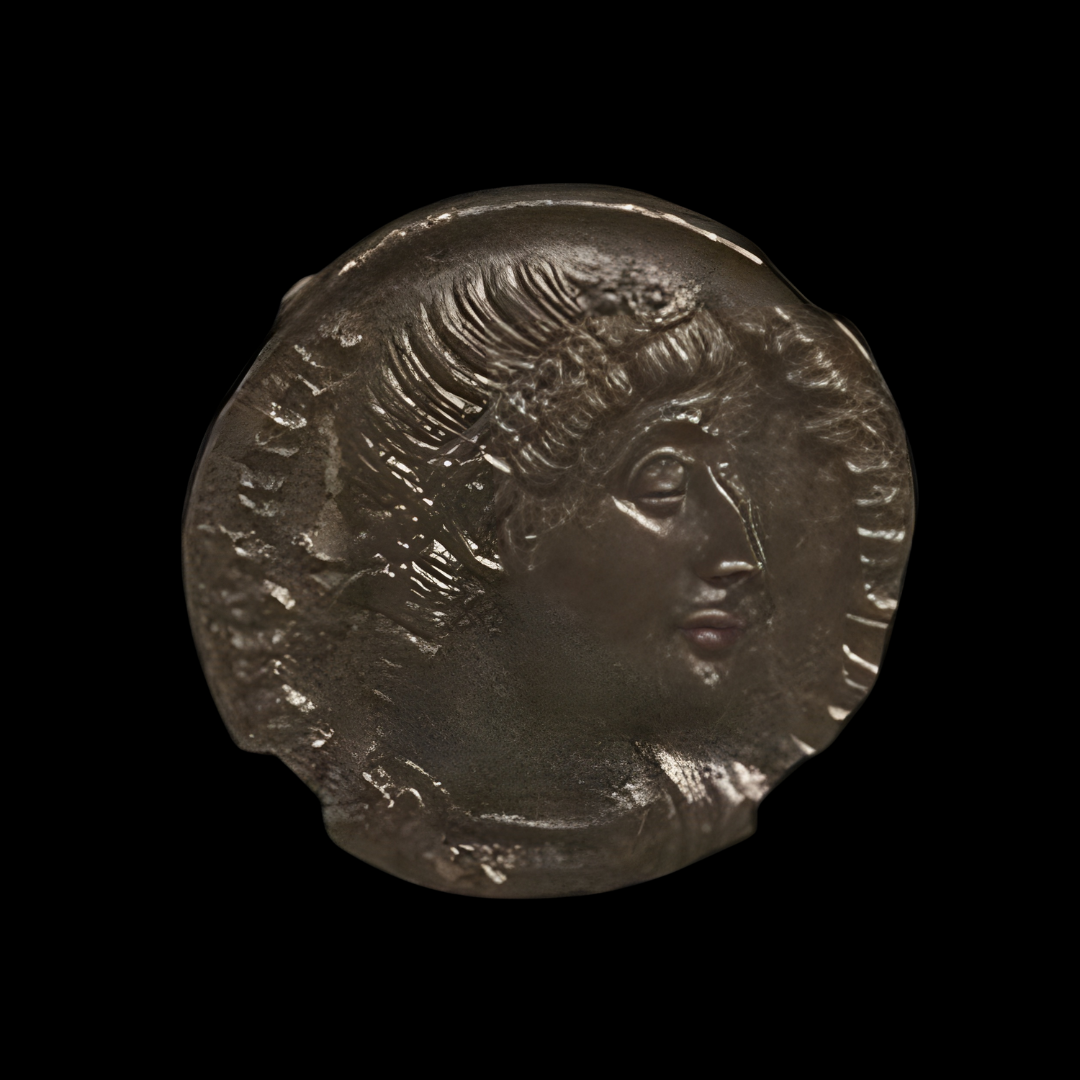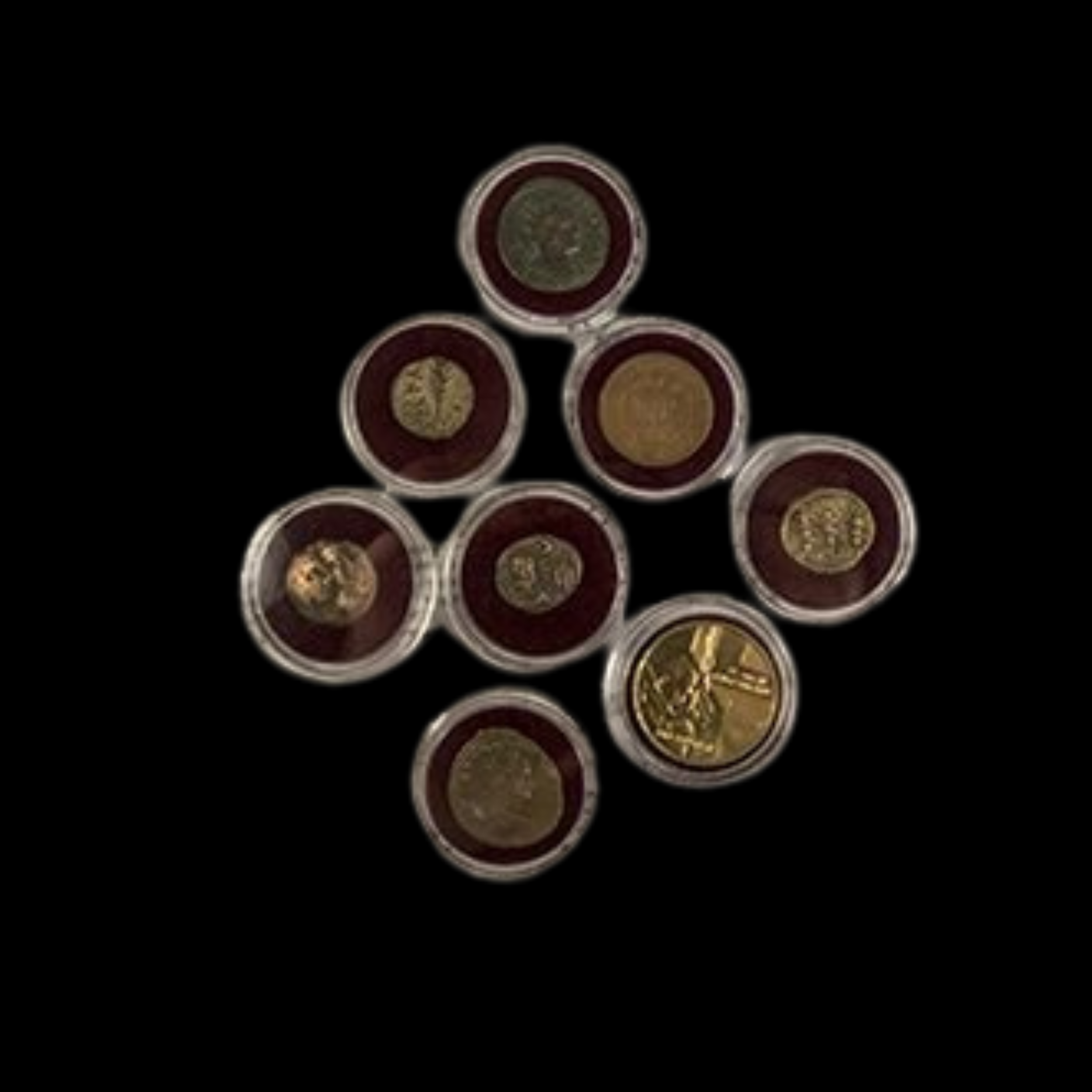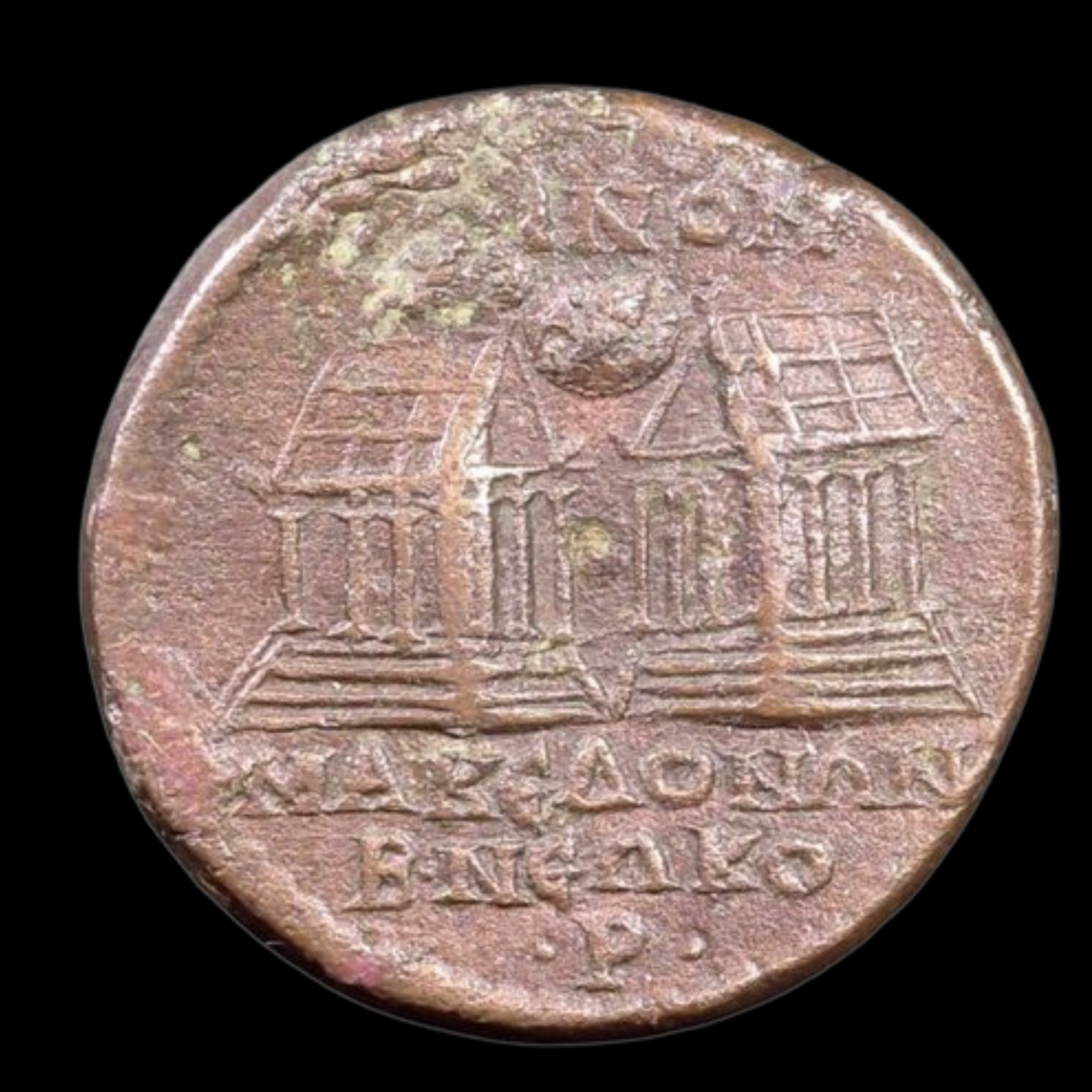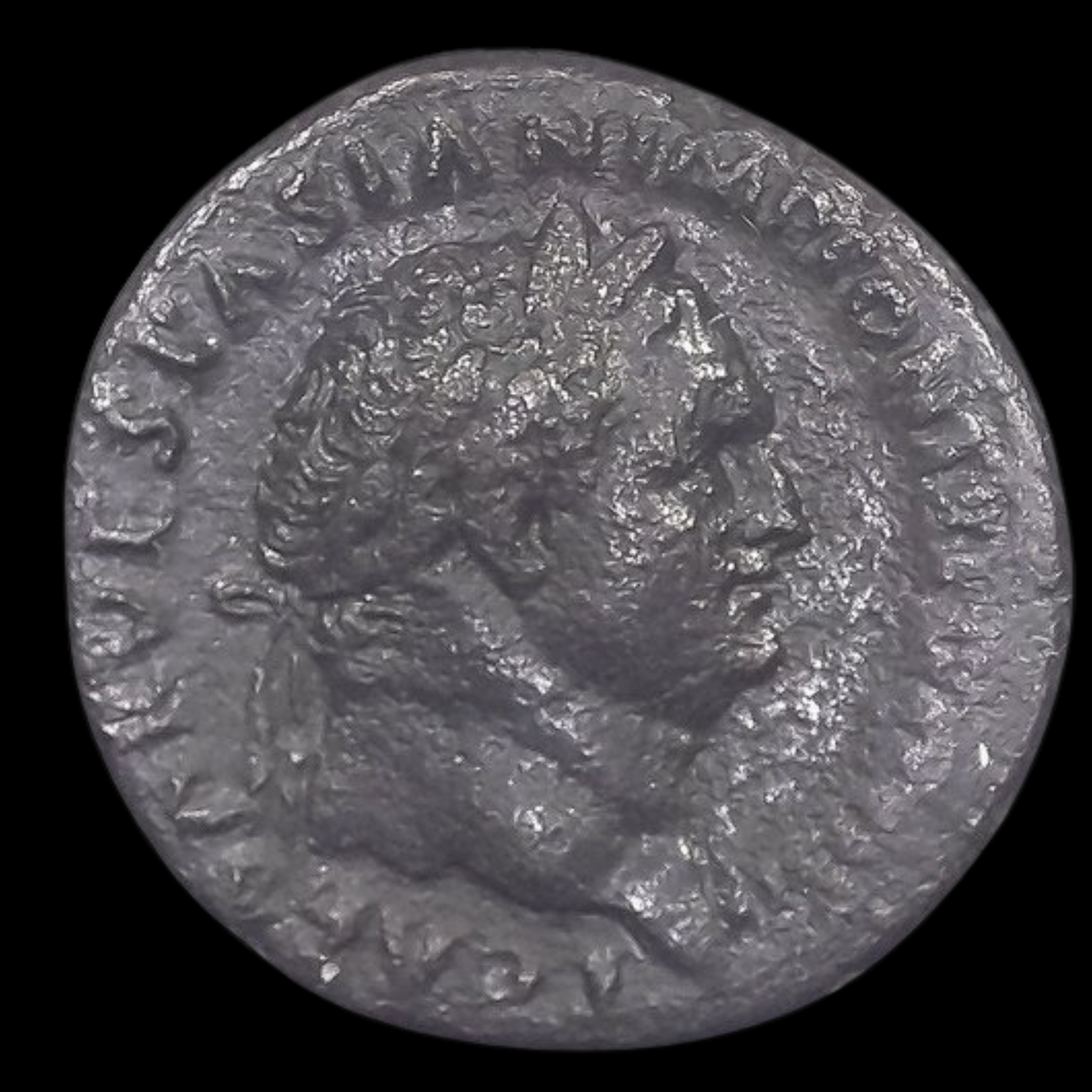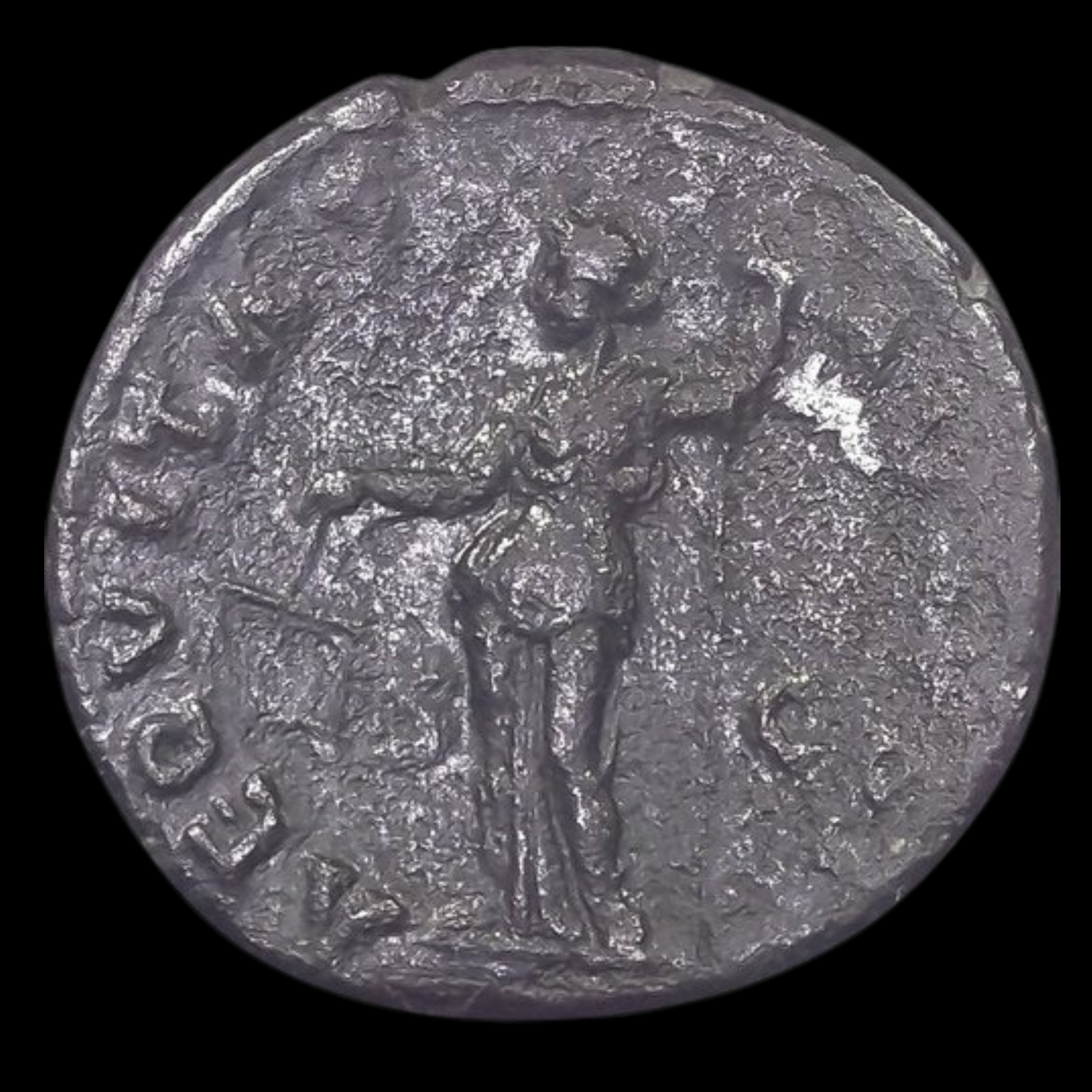 Image 1 of 6
Image 1 of 6

 Image 2 of 6
Image 2 of 6

 Image 3 of 6
Image 3 of 6

 Image 4 of 6
Image 4 of 6

 Image 5 of 6
Image 5 of 6

 Image 6 of 6
Image 6 of 6







Roman Billon Antoninianus of Tacitus (about 1,750 years ago)
The coins shown are representative examples of the grade and type, but not the actual specimens for sale. For details on NGC’s grading standards and definitions, please refer to our NGC Grading page.
This silver-washed bronze coin is an Antoninianus issued during the brief reign of Emperor Tacitus, who ruled the Roman Empire for only about 200 days between 275 and 276 CE. As a rare emperor chosen by the Senate rather than the army during the Crisis of the Third Century, Tacitus represents an unusual chapter in Roman imperial succession.
Coin Description:
Front side: Portrait of Emperor Tacitus facing right, wearing a radiate crown (distinguishing feature of the Antoninianus denomination), with his name and titles in Latin around the edge.
Back side: Likely features personifications of Roman virtues, deities such as Mars or Jupiter, or commemorations of Tacitus's short-lived military campaigns against Gothic tribes.
Technical Details:
Billon composition (low silver content mixed with copper)
Denomination: Antoninianus (technically a double-denarius, though with debased silver content)
Weight: Approximately 3-4 grams
Diameter: Approximately 22-23 mm
NGC Certified for authentication and preservation
Minted between 275-276 CE
Condition as specified by NGC certification
Historical Significance: Emperor Tacitus was unusual for the mid-3rd century as he was Italian-born during an era when most emperors came from frontier provinces with strong military backgrounds. After the assassination of Emperor Aurelian, the army surprisingly deferred to the Senate to select a new emperor, resulting in the elderly senator Tacitus's elevation. During his short reign, he campaigned against Gothic and Herulian tribes on the empire's eastern frontiers, earning the title Gothicus Maximus. Claiming descent from the famous historian Tacitus, he represented a brief resurgence of senatorial influence before his death from illness while on campaign. His coinage provides rare physical evidence of this fleeting return to traditional Roman republican values during the tumultuous Crisis of the Third Century.
The coins shown are representative examples of the grade and type, but not the actual specimens for sale. For details on NGC’s grading standards and definitions, please refer to our NGC Grading page.
This silver-washed bronze coin is an Antoninianus issued during the brief reign of Emperor Tacitus, who ruled the Roman Empire for only about 200 days between 275 and 276 CE. As a rare emperor chosen by the Senate rather than the army during the Crisis of the Third Century, Tacitus represents an unusual chapter in Roman imperial succession.
Coin Description:
Front side: Portrait of Emperor Tacitus facing right, wearing a radiate crown (distinguishing feature of the Antoninianus denomination), with his name and titles in Latin around the edge.
Back side: Likely features personifications of Roman virtues, deities such as Mars or Jupiter, or commemorations of Tacitus's short-lived military campaigns against Gothic tribes.
Technical Details:
Billon composition (low silver content mixed with copper)
Denomination: Antoninianus (technically a double-denarius, though with debased silver content)
Weight: Approximately 3-4 grams
Diameter: Approximately 22-23 mm
NGC Certified for authentication and preservation
Minted between 275-276 CE
Condition as specified by NGC certification
Historical Significance: Emperor Tacitus was unusual for the mid-3rd century as he was Italian-born during an era when most emperors came from frontier provinces with strong military backgrounds. After the assassination of Emperor Aurelian, the army surprisingly deferred to the Senate to select a new emperor, resulting in the elderly senator Tacitus's elevation. During his short reign, he campaigned against Gothic and Herulian tribes on the empire's eastern frontiers, earning the title Gothicus Maximus. Claiming descent from the famous historian Tacitus, he represented a brief resurgence of senatorial influence before his death from illness while on campaign. His coinage provides rare physical evidence of this fleeting return to traditional Roman republican values during the tumultuous Crisis of the Third Century.


